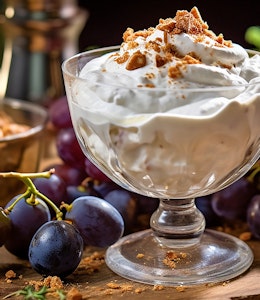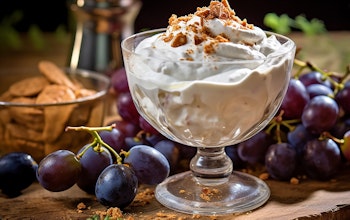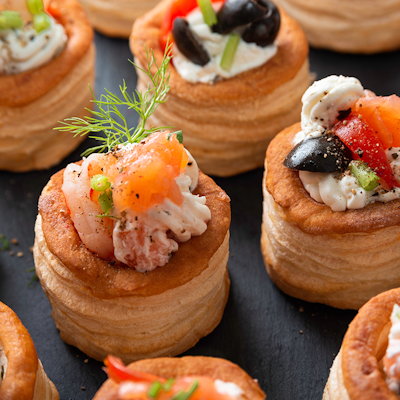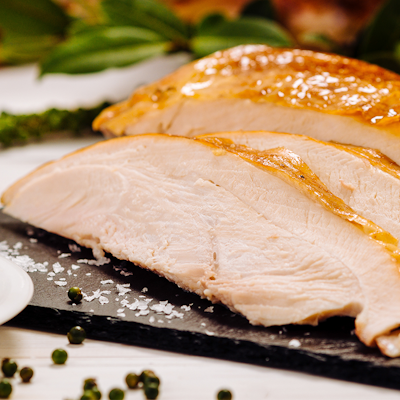What is tiramisu?
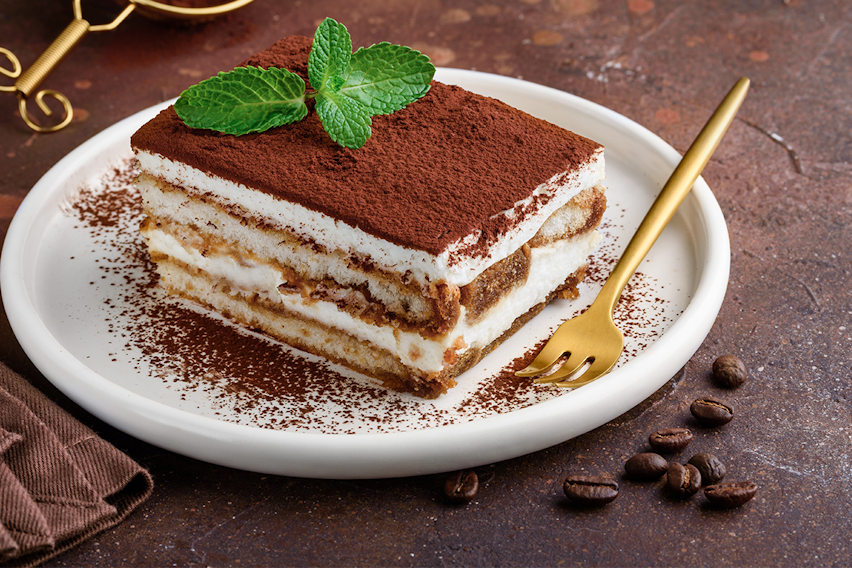
We’re rounding up everything you need to know about one of Italy’s most famous dessert exports, including the main tiramisu ingredients, tiramisu alcohol content and what the name tiramisu means in English. Plus, some top tips for making your own stand out from the crowd…
The big questions when it comes to tiramisu are:
- What is tiramisu?
- What does the name tiramisu mean?
- Is tiramisu vegan?
- What are the main tiramisu ingredients?
- Is tiramisu gluten-free?
- Does tiramisu contain any allergens?
- Is tiramisu lactose-free?
- Is tiramisu Italian?
- Does tiramisu have alcohol in it?
- How do you serve tiramisu?
Now let’s find out the answers...
What is tiramisu?
Tiramisu is a rich, creamy Italian dessert made from layers of alcohol-soaked ladyfingers and a sweet, semi-solid cream made by combining ingredients such as sugar, eggs, cocoa and coffee with mascarpone cheese.
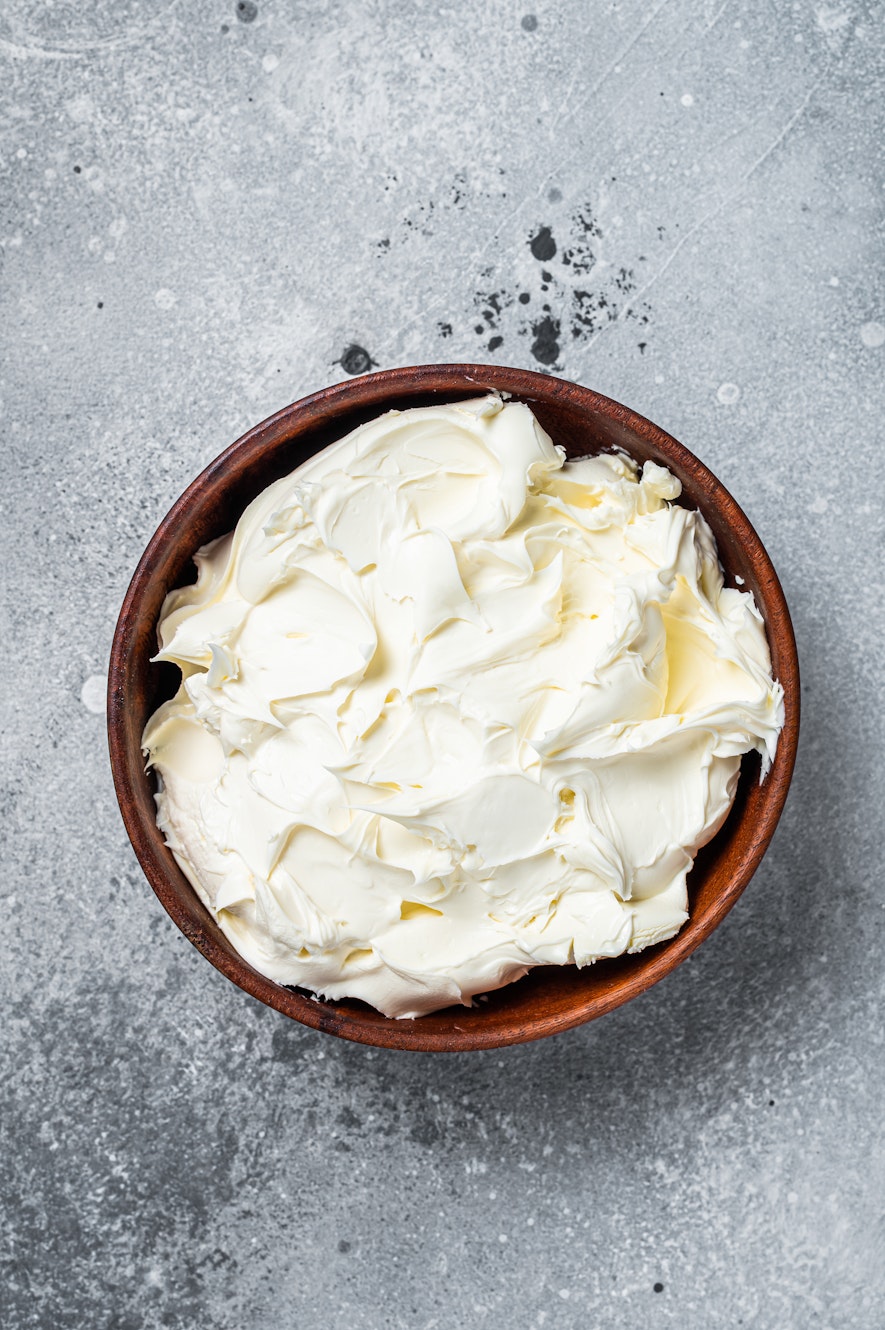
The origins of tiramisu are widely disputed, but it is thought to have been invented in Veneto or Friuli-Venezia Giulia, both regions in Italy. Some records suggest tiramisu was first served in a Pieris restaurant around 1938, whilst others claim it was not invented until the early 1970s. Another theory that has been put forward is that it was created in an Italian brothel in the 1800’s to be an aphrodisiac. It is still regarded as a decadent and romantic dessert.
What does the name tiramisu mean?
The name tiramisu is an amalgamation of the Italian phrase "tirame su" which in turn comes from the Treviso dialect “Tireme su” - translated into English the phrase means “pick me up”.
This might refer to a figurative “pick me up”, as the dessert is an indulgent treat to lift your mood, or a literal “pick me up” owing to the caffeine that comes from the coffee in the dish.
Top tip!
For a lighter, lower-calorie tiramisu, replace the mascarpone with cottage cheese. Cottage cheese has a similar texture to mascarpone but less fat, and it isn’t quite as rich and creamy.
Is tiramisu vegan?
Traditional tiramisu is not vegan, as it is made with several animal-derived ingredients. Eggs and mascarpone (a type of cheese and therefore made with milk) are main ingredients in a tiramisu. Another main ingredient - ladyfingers, are also made using Eggs. You can find some plant-based alternatives to Eggs and Milk here.
What are the main tiramisu ingredients?
The main ingredients in traditional tiramisu are ladyfingers (sweet, sponge cake biscuits also known as sponge fingers, savoiardi in Italian or boudoirs in French) soaked in Marsala wine or amaretto, mascarpone, eggs, sugar, cocoa powder and espresso. Some recipes also include rum.
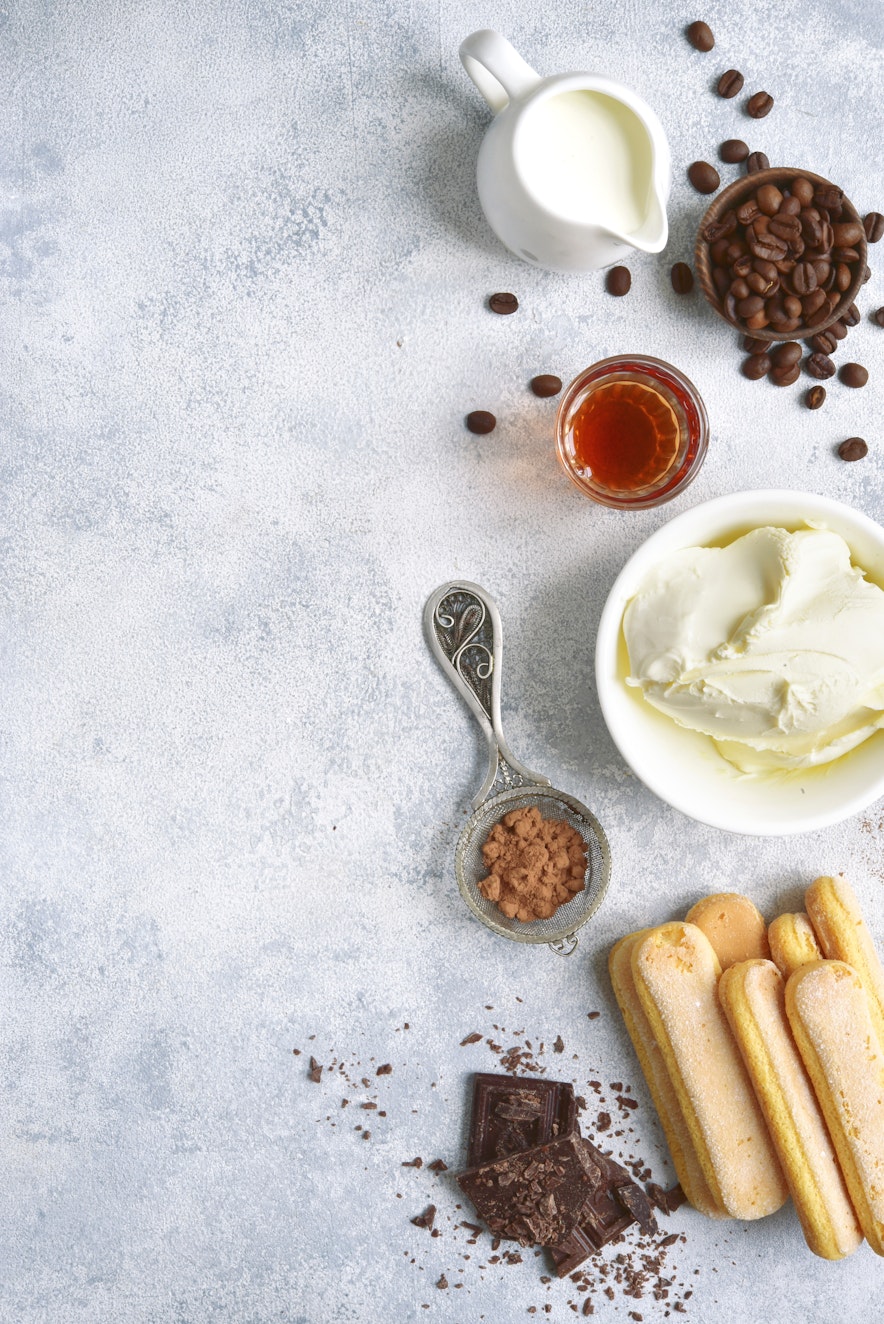
Top tip!
Ensure that you use cold espresso coffee to make tiramisu - if it’s too warm it will make the ladyfingers soggy and liable to break apart.
Is tiramisu gluten-free?
No, traditional tiramisu is not gluten-free, as ladyfinger biscuits are a main component of the dish. Ladyfinger biscuits are made using wheat flour, which is a Cereal containing Gluten.
You may also be interested in…


You may also be interested in…
Solutions Spotlight: Allergen & Nutritional Data Search
ReadHowever, if the ladyfingers are made using gluten-free flour (such as rice or tapioca), tiramisu would be considered gluten-free as none of the other ingredients are made with cereals.
Does tiramisu contain any allergens?
Yes, traditional tiramisu contains several of the 14 major food allergens. Eggs and mascarpone cheese (a derivative of Milk) are both among the main ingredients in tiramisu, as well as ladyfingers - a type of biscuit made with wheat flour, a Cereal containing Gluten. You can find alternatives to allergen ingredients here.
To make tiramisu you soak ladyfingers in alcohol, typically Marsala wine or a coffee liqueur. Depending on the type of alcohol, there might be allergens present - you can find out which types of alcohol might contain the 14 major food allergens here.
Top tip!
Keep your mascarpone chilled before you use it - this will help you avoid over-whipping it. Because of mascarpone’s high fat content it is prone to curdling if overworked, and so if you whip it too much the cheese will begin to split and ruin the tiramisu.
Is tiramisu lactose-free?
Tiramisu is not lactose-free. It is made using mascarpone cheese, which is derived from milk. Lactose is a sugar found in dairy products such as milk and cheese. You can find out more about lactose and lactose intolerance here.
Is tiramisu Italian?
Tiramisu is an Italian dessert, sometimes known as “Tuscan Trifle”. Though the origins of tiramisu are disputed - ranging from it being created for a Grand Duke in late 1600s Siena through to being invented by a restaurant in the Friuli-Venezia Giulia region in 1938 or the Treviso region in the early 1970s - all theories are rooted in Italy.
Top tip!
You should always chill tiramisu for at least 6 hours before serving. This is for 2 reasons. Firstly it allows the flavours to develop and deepen, with the ladyfingers absorbing the wine and coffee. Secondly it will allow the layers to remain defined.
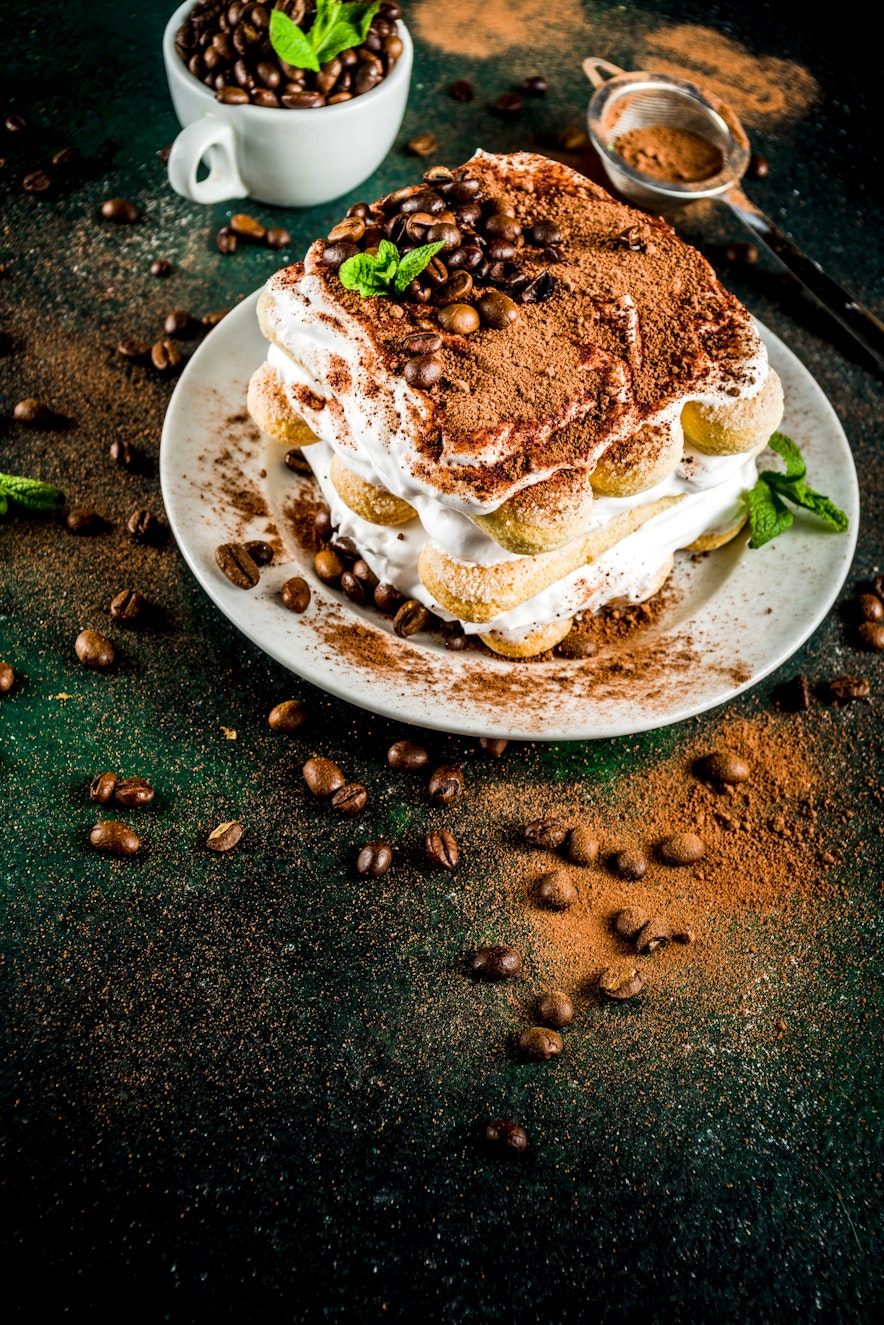
Does tiramisu have alcohol in it?
Yes, traditional tiramisu contains alcohol. Ladyfingers (a type of sponge biscuit) that have been soaked in alcohol - most commonly Marsala wine (a rich, fortified wine), but sometimes other liqueurs or rum.
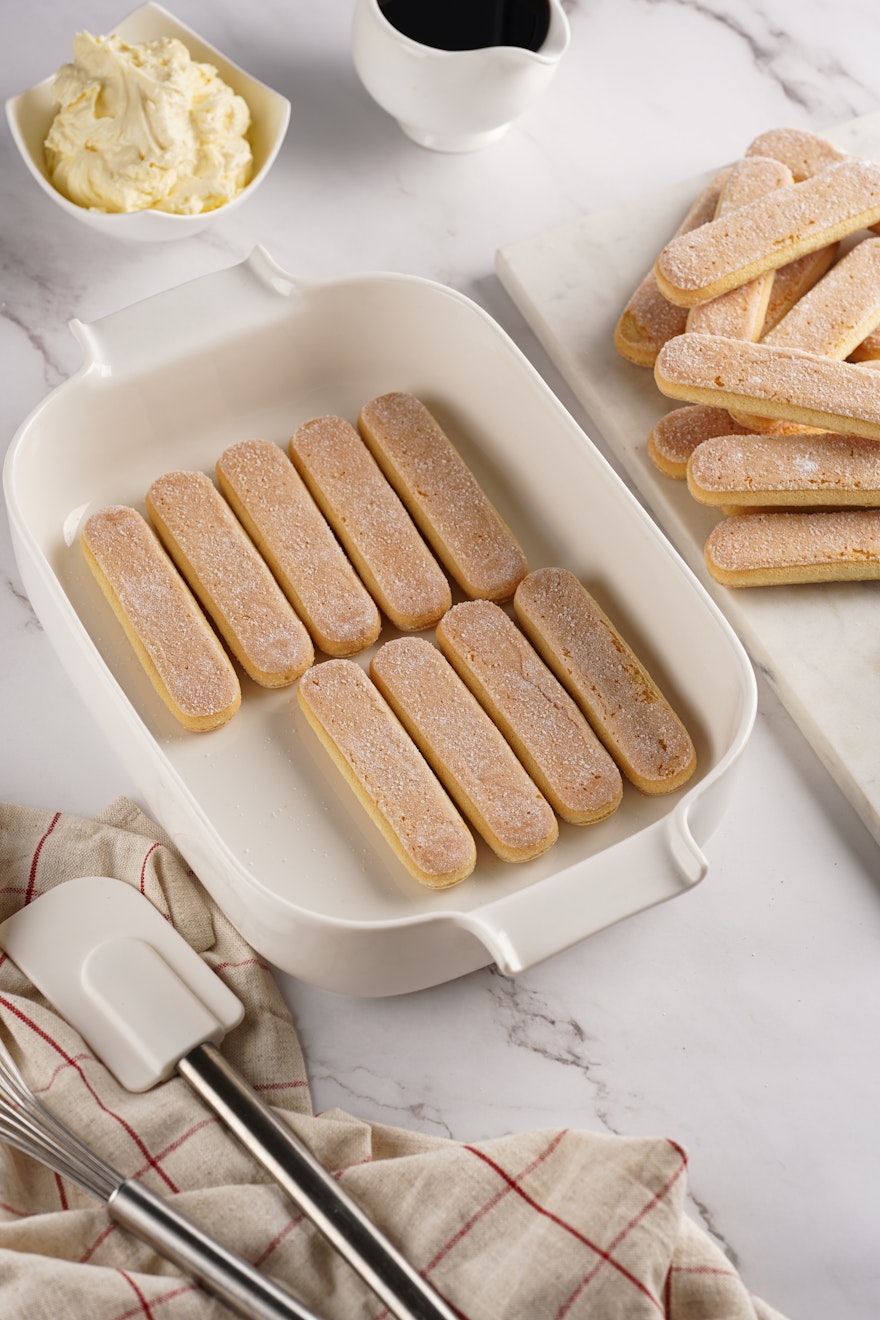
It is possible to make tiramisu without alcohol, by using an alcohol-free liqueur or extract of almond in place of the Marsala wine.
How do you serve tiramisu?
Tiramisu is served chilled, in order to keep the different layers of the dessert separate and defined. For optimal serving temperature, the tiramisu should be chilled in the fridge for at least 6 hours and removed right before it is needed.
Sometimes tiramisu is finished with whipped cream on the top, and a further dusting of cocoa. Drinks that go well with tiramisu are coffee - which deepens the coffee flavour in the dish, and red wine - which pairs well with the richness.
Top tip!
It’s best to use ladyfingers that are a little stale rather than just-baked or fresh. Stale ladyfingers are more robust against liquids and less likely to break apart after soaking.
You may also be interested in…


You may also be interested in…
